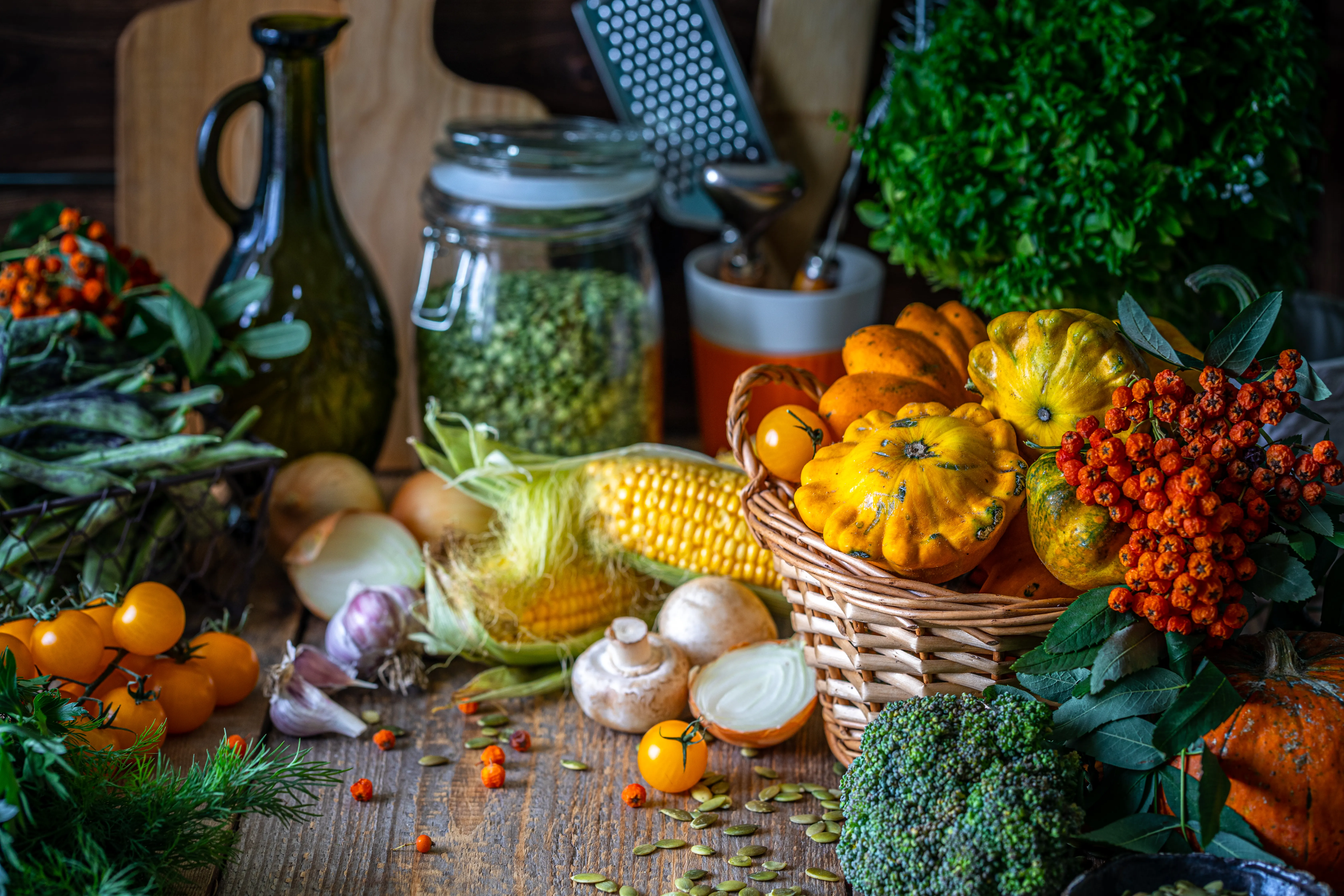Patterns and phases of Qi are eloquently communicated through the changing cycles of the seasons. Each season carries its own unique energy, resonance, and gifts, contributing to the continuous cycle of life and death. These gifts are vividly expressed through nature's phases where each season embodies and resonates with a specific element (Wood, Fire, Earth, Metal and Water) that serves as its guiding spirit.
Ancient Chinese Masters learned from nature and, by acute observation and experience, began to understand the phases of growth and decay that flow, one into the other, to create the cycles of life. They recognised five distinct phases, which they linked to the seasons, thus naming five seasons in all, with late summer or harvest being recognised as a separate season that sits between summer and autumn. In this way, the philosophy of the Five Elements was born.
The Theory of the Five Transformations (also known as the "Five Phases" or "Wu Xing" in Chinese) is a foundational concept in traditional Chinese philosophy, medicine, and metaphysics. It describes the dynamic interactions and transformations of five fundamental elements or phases: Wood, Fire, Earth, Metal, and Water. Each season of the year is represented by an energy that dominates.
The Five Phases:
- Wood (木 mù): Represents growth, expansion, vitality, and upward movement. Associated with spring, wind, and new beginnings.
- Fire (火 huǒ): Represents heat, activity, passion, and upward energy. Associated with summer, brightness, and peak energy.
- Earth (土 tǔ): Represents stability, nourishment, and transition. Associated with late summer, harvest, and grounding.
- Metal (金 jīn): Represents contraction, refinement, and clarity. Associated with autumn, dryness, and letting go.
- Water (水 shuǐ): Represents fluidity, depth, and rest. Associated with winter, cold, and introspection.
All food grows in harmony with the seasons, naturally absorbing and transmitting the energy characteristic of each time of year. For instance, in cold weather, our bodies instinctively seek warming foods, while in hot weather, we crave foods that cool us down.
Taste and flavour serve as an example of a unique form of energy and are associated with a particular season. In Traditional Oriental Medicine, each taste (Sour, bitter, sweet, spicy and salty) is linked to specific organs in the body, supporting and nourishing their function for the respective season. So during the seasons, we aim to eat the flavours that are associated with the present season:
- Spring – Sour Foods
- Summer – Bitter Foods
- Late Summer – Sweet Foods
- Autumn – Pungent, Hot, and Spicy Foods
- Winter – Salty Foods
Paying attention to one element at a time is a wonderful way to begin noticing their effects. But, ultimately, you should balance all five elements within your body, because they work together in a rich, complex system. When in balance, the elements support each other in a creation cycle: Water nourishes wood, wood feeds fire, fire creates earth, earth produces metal, and metal produces water. But when the elements are out of balance, they have the capacity to damage each other. In the destructive cycle, water extinguishes fire, wood separates earth, metal chops wood, fire melts metal, and earth absorbs water. For a more detailed explanation, take a look at The 5-Element Guide to Healing with Whole Foods, where Denise Thunderhawk offers a holistic perspective on using food as medicine, to help balance the elements within your body and achieve ultimate physical and emotional health.
Making an effort to find just a little more balance between the elements in your body, will go a long way towards achieving better health and vitality. So go elemental, and work towards the healthy rewards.
By Hana Starace, Certified Shiatsu & Nutritional Practitioner

